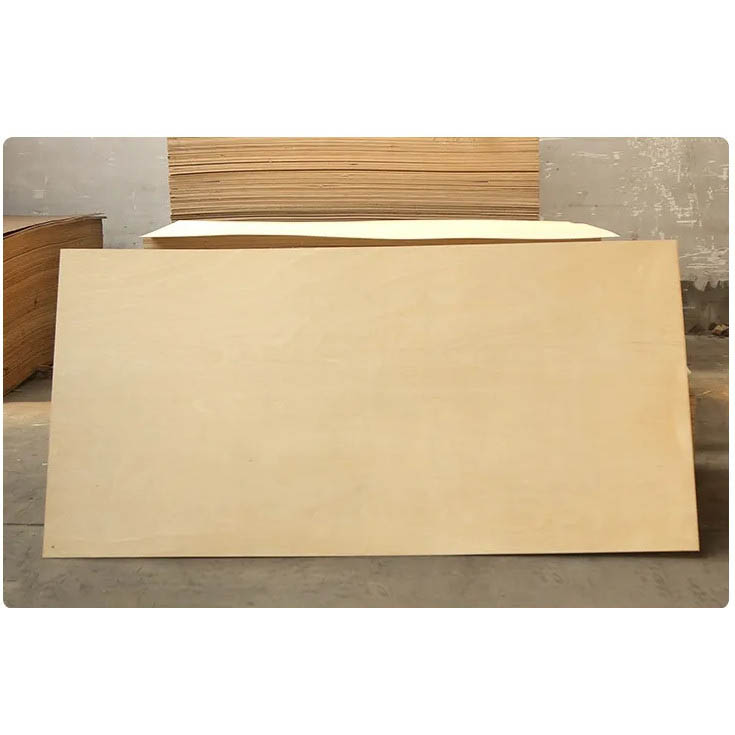Posted by Tom Bowlus | Mar 5, 2019 | Gear, Technical Reviews | 0 |
This Article Was Originally Published On: February 3rd, 2015 #Issue 15. Concrete Shuttering Plywood

As previously mentioned, I have a lot of gig time under my belt with my trusty old Diesel 4×10. That cab has been hauled around in the back of various vehicles, lugged up and down steps, and pushed hard, by everything from big tube heads to PA-sized rack-mount rigs. That cab never let me down (zero down time), and I credit its bulletproof design and construction. The TRADITIONAL POWERHOUSE 410 seems to be equally well made, though they have definitely managed to shave off some pounds. My old Diesel weighs in at a whopping 118.8 pounds (with casters), compared to 87.8 for the Trad PH410 (also with casters in place; it drops to 84.2 lbs with the casters removed). This weight savings comes, in part, by use of slightly thinner Baltic birch ply (15mm, vs 18mm in the old Diesel).
The gray-and-white jute cloth grill is attached to a wooden frame and surrounded by silver piping. It is held in place by four long wood screws, which pass through rubber grommets. Two additional grommets attached to the grill, and two more attached to the front baffle, help to hold off the grill and keep things vibration-free. The expertly applied Black Bronco vinyl covering completes the look. There are two heavy duty recessed steel handles on each side, and they make for about as easy of a lift as you will find in a ceramic magnet-based 4×10 enclosure.
The Trad PH410 has four medium-large rubber feat on the bottom, and it comes equipped with the excellent Trak-Loc slide-out removable casters. Mesa has used these for years, and they are very durable (trust me, I’ve abused them). The non-stacking corners are made from Lexan, which is a polycarbonate resin thermoplastic. The input jack plate is nicely recessed, and hosts two of the very handy 1/4″ & Speakon combo jacks from Neutrik, as well as an L-pad control for the tweeter level.
The four proprietary 32-ohm Eminence 10″ drivers are each held in place by eight medium-thread wood screws. My general preference is for bolts into threaded metal inserts, but Mesa has been doing things this way for a long time. The tweeter is secured via four of these same screws, and has a foam gasket around the throat to make for a tight seal to the baffle. The bottom of the stamped-frame 10″ drivers have an integrated gasket which also does a nice job of sealing things tightly. The wiring used throughout is heavy gauge wire, and nicely braided. The wire leads are soldered directly to the speaker terminals on the 10″ drivers, and Faston connectors are used with the tweeter. Inside the enclosure, I found ample bracing and the interior of the cab was covered with white acoustic batting. The three triangular front ports (Mesa’s tuned Tri-Port design) have the additional effect of adding to the internal bracing. Immediately behind the three ports, Mesa covered the white acoustic batting with a black, mesh-like material. Presumably, this is to enhance visual appearance. Nice touch.
Fig. 1 O n and off-axis(15 , 30 , 45 )frequency responses
” My old diesel weighs in at a whopping 118.8 pounds (with casters), compared to 87.8 for the trad PH410 “
Lows: Thick, rich and enveloping, but not overly “bloomy” Mids: Full and warm; smooth, but hits hard through the mids Highs: Relaxed and mellow, but not indistinct
The TRADITIONAL POWERHOUSE cabs are more smooth, warm and relaxed than Mesa’s other bass enclosures. This PH410 sounds bigger than it looks, and has a forgiving tone that works well in a wide variety of musical settings.
Click here to read the “in-hand” Full Review of Mesa/Boogie Strategy and Prodigy Bass Heads and TRADITIONAL POWERHOUSE 410 and 810 Bass Cabs
Stay up-to-date with all our recent articles, podcasts and more.
Editor-in-Chief, Tom Bowlus, surprised his parents by riding home from grade school on his 10-speed with an upright bass. Thus began a life-long love of all things bass… After writing reviews in 18 issues of Guitar World’s Bass Guitar Magazine, Tom founded Bass Gear Magazine in 2007. If there is one thing Tom loves more than playing all kinds of cool bass gear, it’s telling people about cool bass gear!

Melamine Faced Particle Board Designed by Elegant Themes | Powered by WordPress